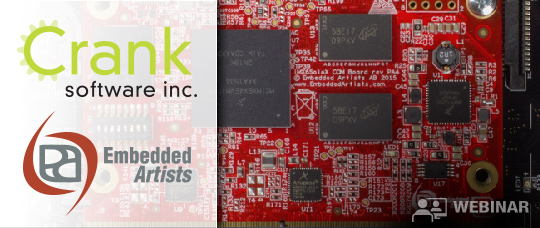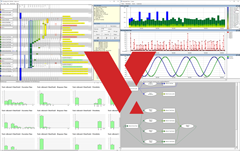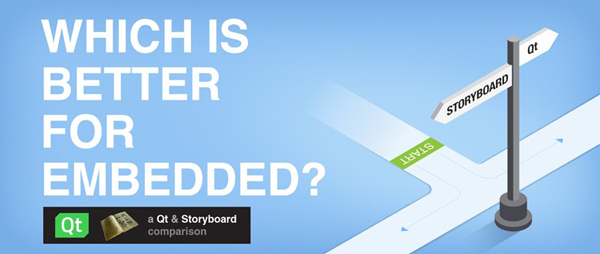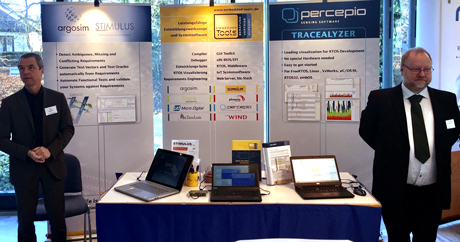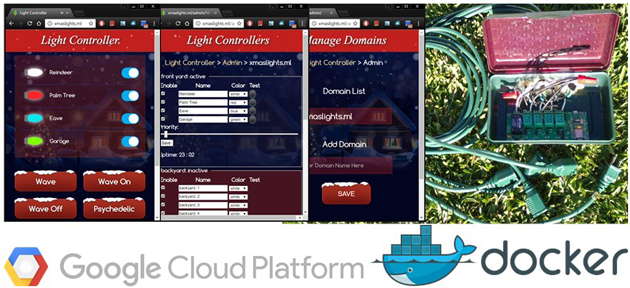Modbus TCP Client für den Barracuda Applikations-Web-Server
Der Modbus TCP-Client des Barracuda Applikations-Servers ist eine Ethernet-Implementierung des weit verbreiteten Modbus-Protokolls.
Der Modbus-Client wurde entwickelt, um die Verbindung von Modbus-Produkten mit modernen IoT-Geräten, HTML5-basierten HMIs sowie die sichere Verbindung von Modbus-Produkten mit dem Internet und Cloud-Servern zu ermöglichen. Zusätzlich ermöglicht der Modbus-Client Anwendungsentwicklern das Design von Steuerlogik in der leicht erlernbaren Skriptsprache Lua. Anwendungsentwickler können nun einfach Code für die Steuerung beliebig vieler Modbus-fähiger Produkte entwerfen.


